Understanding Bloat (Gastric Torsion) in Dogs: A Life-Threatening Emergency

Bloat, or Gastric Dilatation-Volvulus (GDV), is one of the most serious and life-threatening emergencies in veterinary medicine. It strikes suddenly, progresses rapidly, and requires immediate medical intervention. Recognising the signs and risk factors can mean the difference between life and death.
What Is Bloat (Gastric Torsion)?
Bloat refers to a condition where a dog’s stomach fills with gas, fluid, or food, causing it to expand. In some cases, the stomach also twists (volvulus) on its axis, cutting off the blood supply and trapping contents inside.
This twisting:
-
Blocks the entrance and exit of the stomach.
-
Stops blood from returning to the heart.
-
It can cause tissue death, shock, and organ failure within hours.
GDV is a true emergency. Without surgery, most dogs do not survive.
What Causes It?
The exact cause of GDV is not fully understood, but multiple risk factors contribute to its development:
-
Anatomy and Breed
-
Deep-chested, large and giant breeds are most at risk.
-
Breeds with a narrow waist and deep chest cavity have more space for the stomach to move and twist.
-
Eating Habits
-
Eating one large meal per day
-
Eating quickly or gulping air while eating (aerophagia)
-
Drinking a lot of water right before or after eating
-
Exercising or playing immediately before or after meals
-
Stress and Anxiety
-
Nervous or stressed dogs are more prone.
-
Boarding, travelling, or changes in routine can increase risk.
-
Genetics and Age
-
Dogs with a family history of GDV are at higher risk.
-
More common in middle-aged to older dogs (age 5+), but can happen to younger dogs too.
Which Food Items Can Cause It?
While bloat (Gastric Dilatation-Volvulus) is not caused by food alone, certain food items and feeding styles are associated with an increased risk. These foods can either cause excessive gas production, slow digestion, or encourage gulping, all of which contribute to distension of the stomach and raise the risk of torsion in susceptible dogs.
Here are the top 10 food items and types that are linked to an increased risk of bloat in dogs:
-
Kibble (Especially High-Fat or Low-Quality Brands)
-
Dry kibble expands in the stomach after ingesting water, which can cause distension.
-
Kibble with high fat content (especially if fat is one of the first 4 ingredients) is a known risk factor.
-
Kibble fed once per day in large portions significantly increases bloat risk.
-
Legume-Based Diets (Lentils, Peas, Chickpeas, Beans)
-
Found in many grain-free diets, these can ferment in the gut and produce excess gas.
-
Some dogs have trouble digesting large amounts of legumes, leading to bloating and gut discomfort.
-
Soy Products
-
Soy protein and soybean meal are common in commercial dog food, but are gas-producing and harder to digest.
-
It can cause bloating in sensitive dogs, especially in large quantities.
-
Bread and Yeast-Based Dough
-
Bread can swell in the stomach when ingested in large quantities.
-
Raw yeast dough is extremely dangerous—yeast ferments in the stomach, producing gas rapidly and potentially leading to GDV.
-
Milk and Dairy Products
-
Many dogs are lactose intolerant.
-
Dairy can lead to gas, bloating, and diarrhoea in sensitive dogs, especially when fed as a treat or in large amounts.
-
Fatty Human Foods (Greasy meats, bacon, table scraps)
-
High-fat foods delay gastric emptying and increase the chance of fermentation and gas buildup.
-
Feeding table scraps rich in oil, butter, or fat (e.g., chicken skin, fatty pork) can trigger digestive issues.
-
Gas-Producing Vegetables (Broccoli, Cauliflower, Cabbage)
-
These cruciferous vegetables contain compounds that ferment in the gut and produce gas.
-
Feeding them raw or in large amounts can contribute to bloating.
-
High-Fibre Raw Vegetables (Carrots, Pumpkin in Excess)
-
While fibre is generally beneficial, excess insoluble fibre can cause gas and slow digestion.
-
Feeding too many raw veggies without balancing the diet may contribute to stomach issues.
-
Cold or Spoiled Food
-
Cold food from the refrigerator can slow digestion.
-
Spoiled or fermenting food can produce excessive gas and lead to bloating.
-
Rapid Ingestion of Food (Any Food Gulped Quickly)
-
Not a specific food, but how the food is eaten matters just as much.
-
Dogs that eat too fast, regardless of what they’re eating, swallow air (aerophagia), which increases stomach distension.

How Does It Affect the Dog?
GDV affects the dog’s body rapidly and catastrophically:
-
Stomach Expands
-
The dog appears bloated or distended, especially on the left side of the abdomen.
-
Causes discomfort, pressure, and difficulty breathing.x`
-
Stomach Twists
-
The entry (oesophagus) and exit (duodenum) close off.
-
Nothing can escape—neither gas, fluid, nor food.
-
Blood Flow Is Cut Off
-
The twisted stomach constricts nearby blood vessels.
-
Blood can't return to the heart, leading to shock.
-
Cell Death and Toxin Release
-
Stomach tissue dies due to a lack of oxygen.
-
Toxins are released into the bloodstream, leading to organ failure and death.
What are the Symptoms of Bloat / GDV?
Recognising early signs is critical:
-
Distended, swollen abdomen (especially left side)
-
Unproductive retching (trying to vomit but nothing comes out)
-
Excessive drooling
-
Restlessness, pacing, anxiety
-
Rapid breathing or difficulty breathing
-
Weakness, pale gums
-
Collapse or inability to stand
If you suspect bloat, go to a vet immediately.

How to Prevent It?
While you can't eliminate risk, the following precautions greatly reduce the likelihood of GDV:
-
Feeding Habits
-
Feed smaller, more frequent meals (2–3 meals per day)
-
Use slow-feeder bowls to reduce gulping
-
Avoid raised bowls unless medically advised
-
Prevent heavy drinking immediately before or after meals
-
Avoid vigorous activity for at least 1 hour after eating
-
Weight Management: Keep your dog lean and fit. Obesity increases GDV risk.
-
Reduce Stress
-
Maintain a calm environment during feeding
-
Avoid sudden changes in routine
-
Manage anxiety, especially in nervous dogs
-
Preventive Surgery: Gastropexy
-
In high-risk breeds, a gastropexy can be performed.
-
This surgical procedure attaches the stomach to the abdominal wall, preventing it from twisting.
-
It’s often done electively during spay/neuter or after a GDV episode to prevent recurrence.
Which Breeds are at High Risk of Bloat?
Dogs with deep chests and large body frames are most at risk, but this issue is not breed-specific, as it can affect any dog. Breeds which are at a much higher risk include the Great Dane, German Shepherd, Doberman, St. Bernard, Mastiff breeds, Labrador and even the Golden Retriever. Small breeds at risk would include Pugs and French Bulldogs.
Final Thoughts
Bloat is one of the most frightening medical emergencies a dog owner can face. It strikes fast, with little warning, and has a high fatality rate without immediate veterinary care. But with awareness, smart feeding practices, and preventive steps like gastropexy for high-risk breeds, you can protect your dog from this silent killer.
If your dog ever shows signs of bloat, do not wait—get to the nearest veterinary hospital immediately.


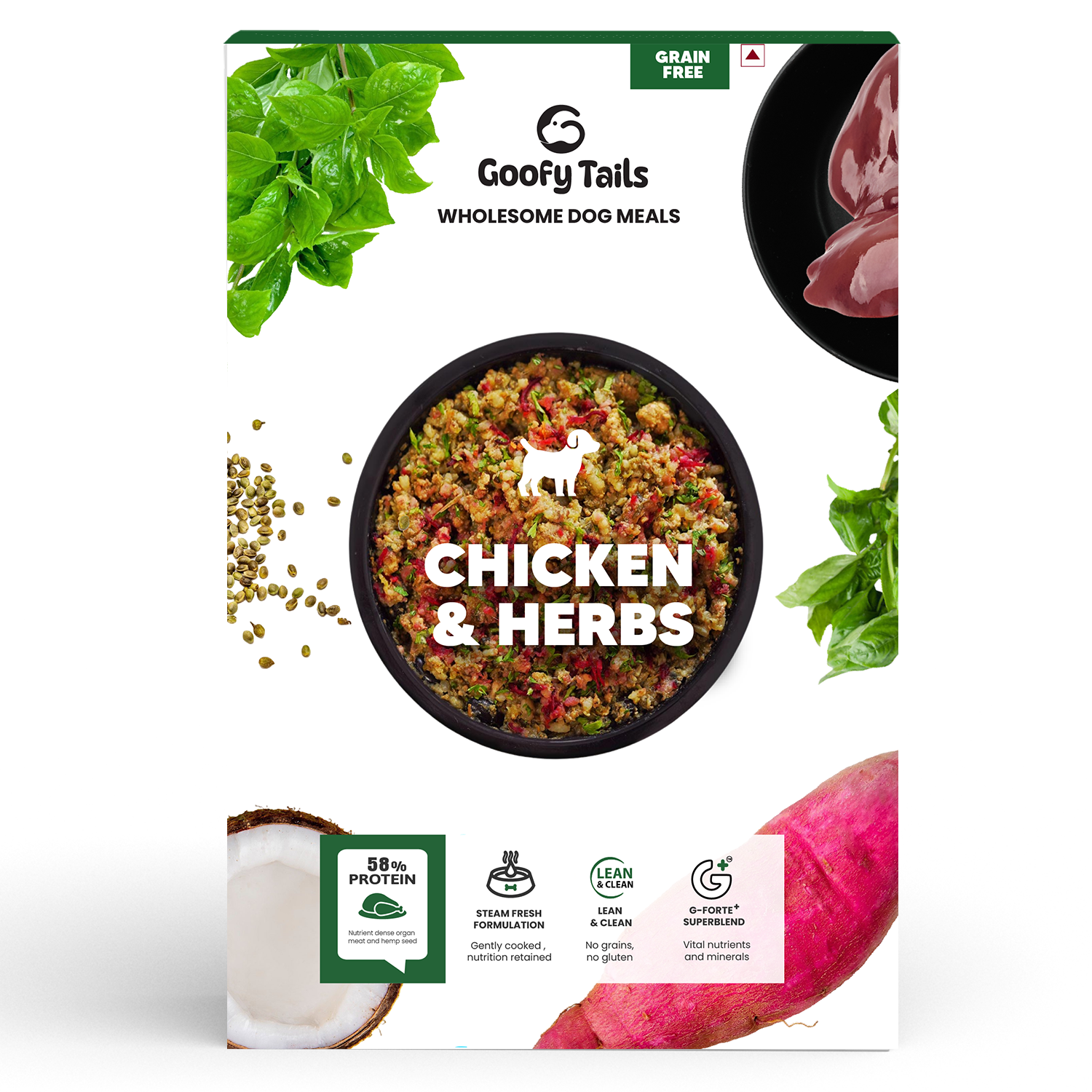

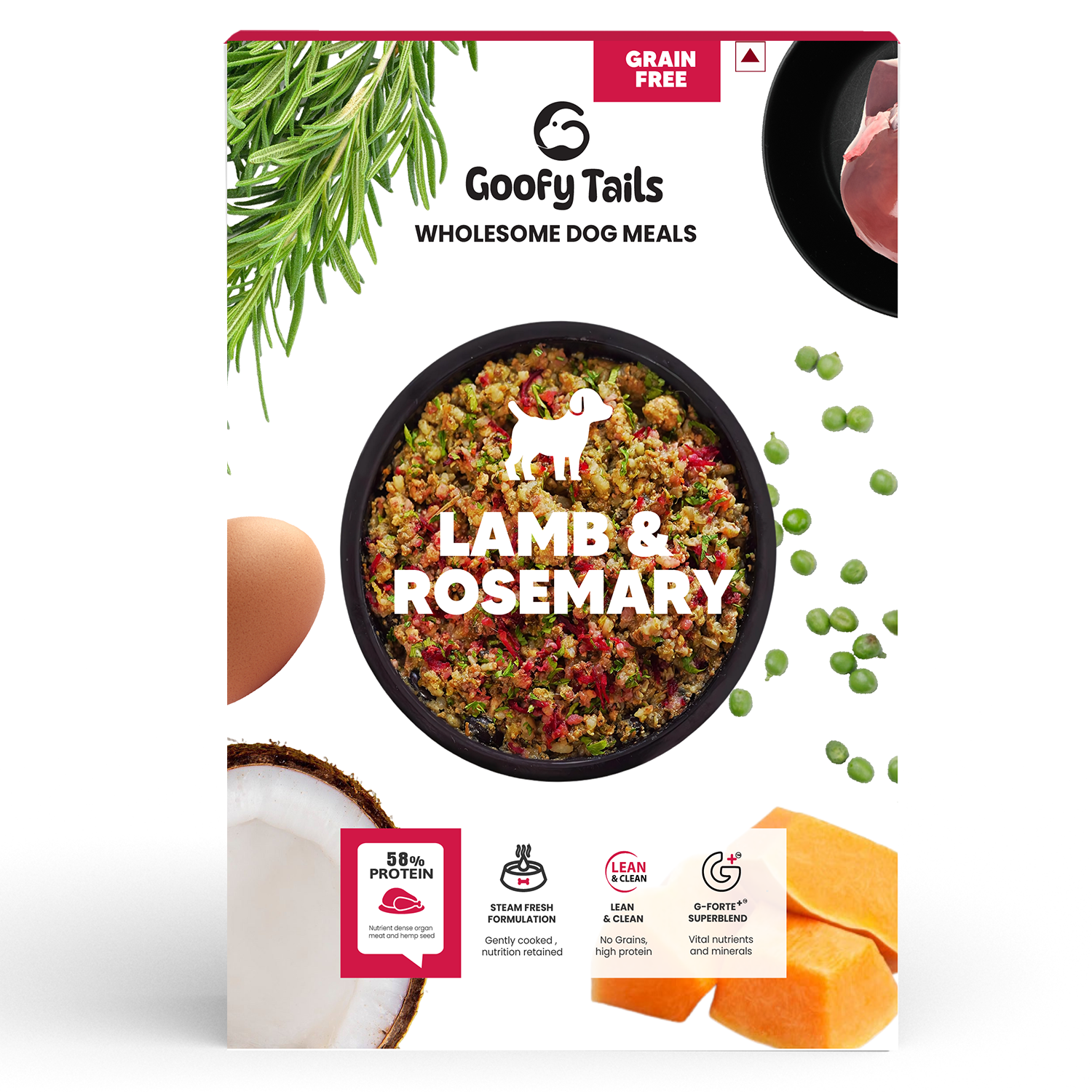
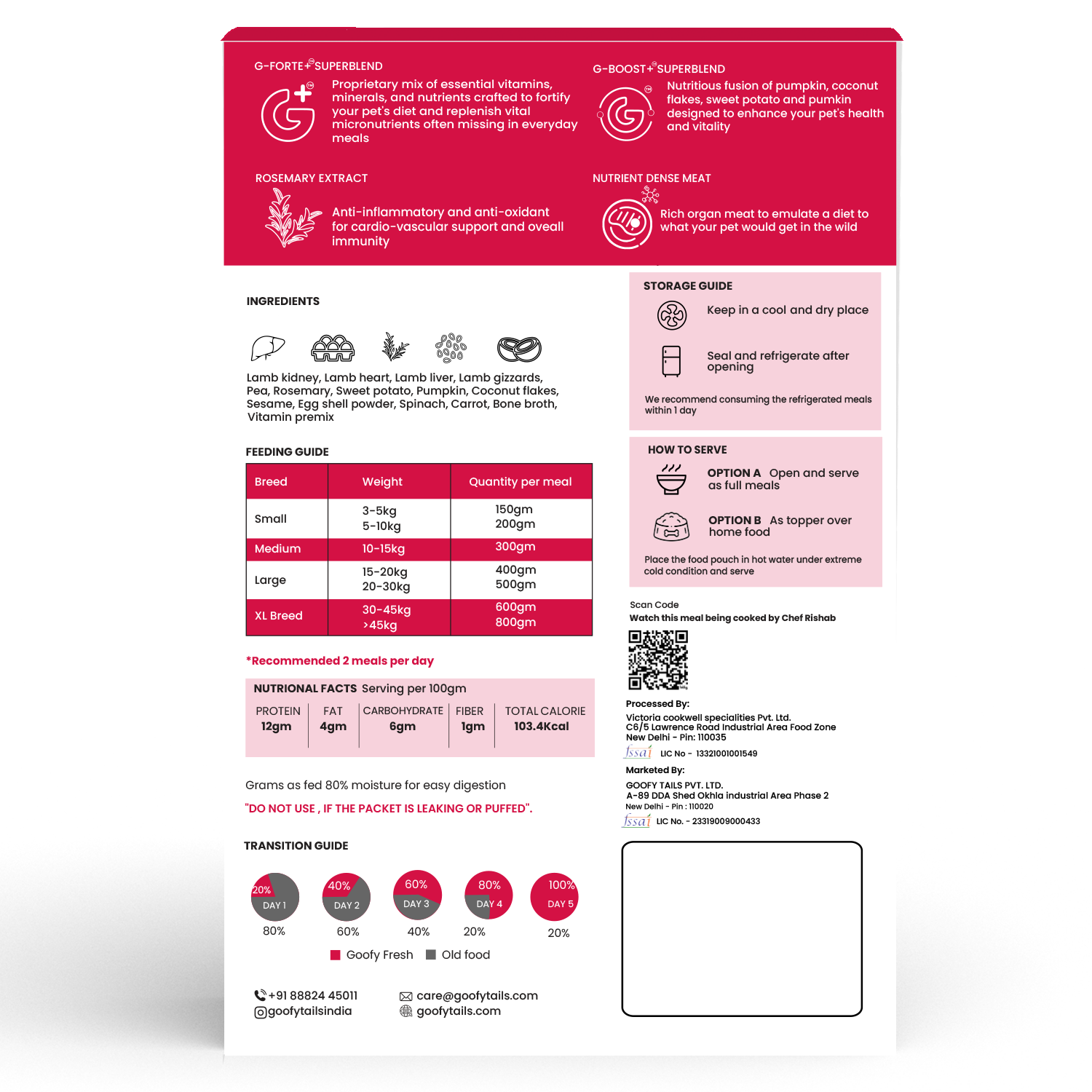
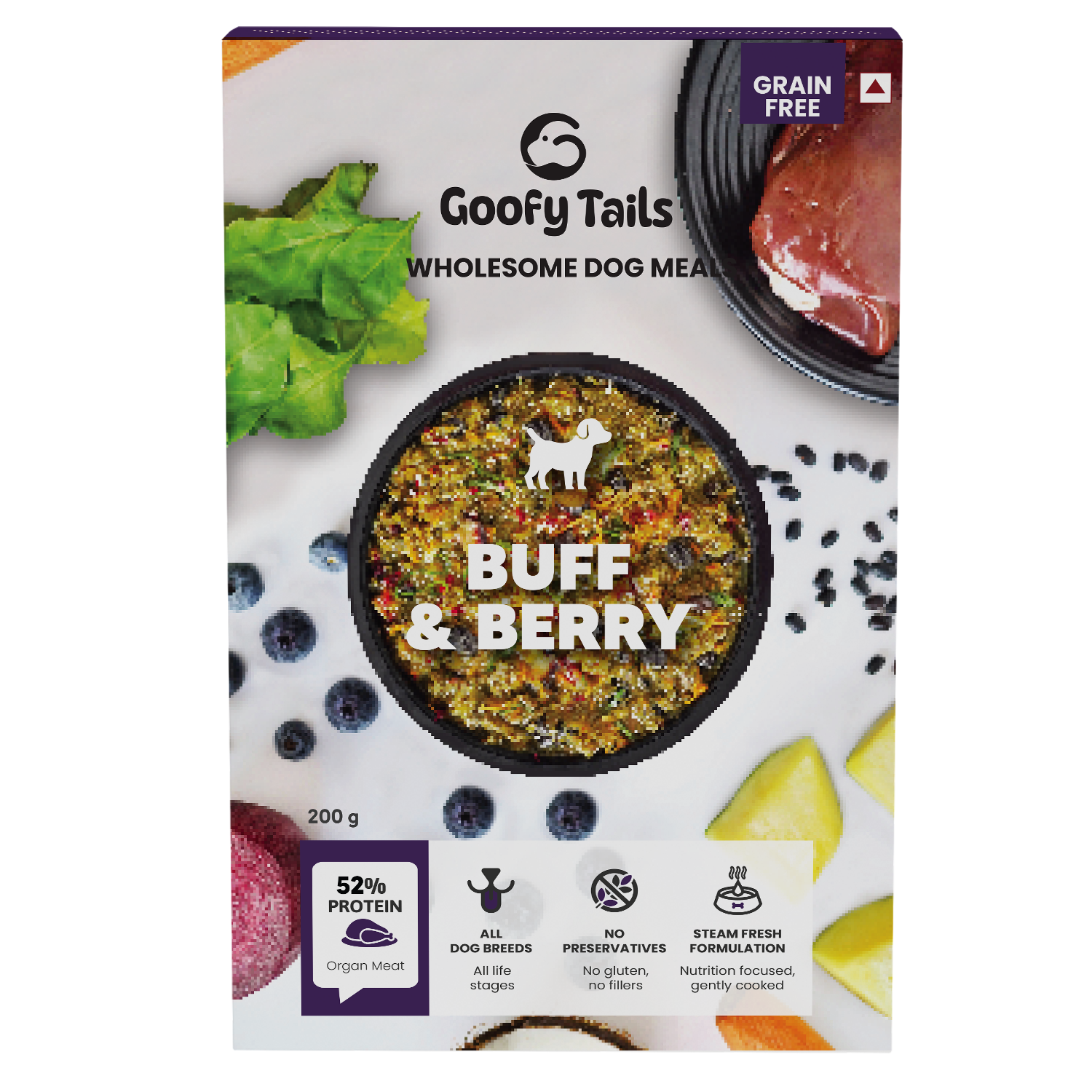
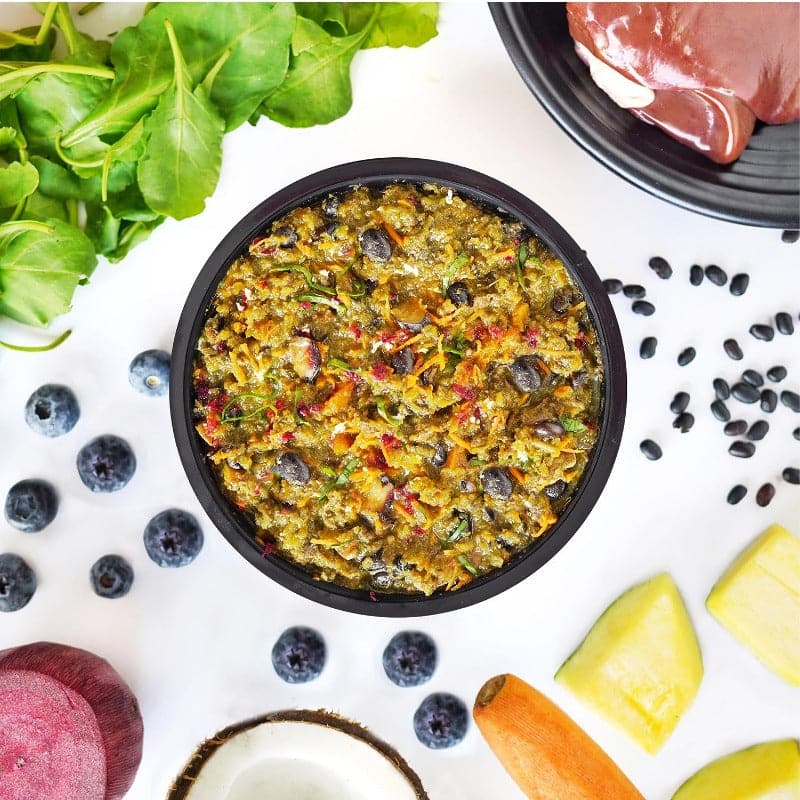
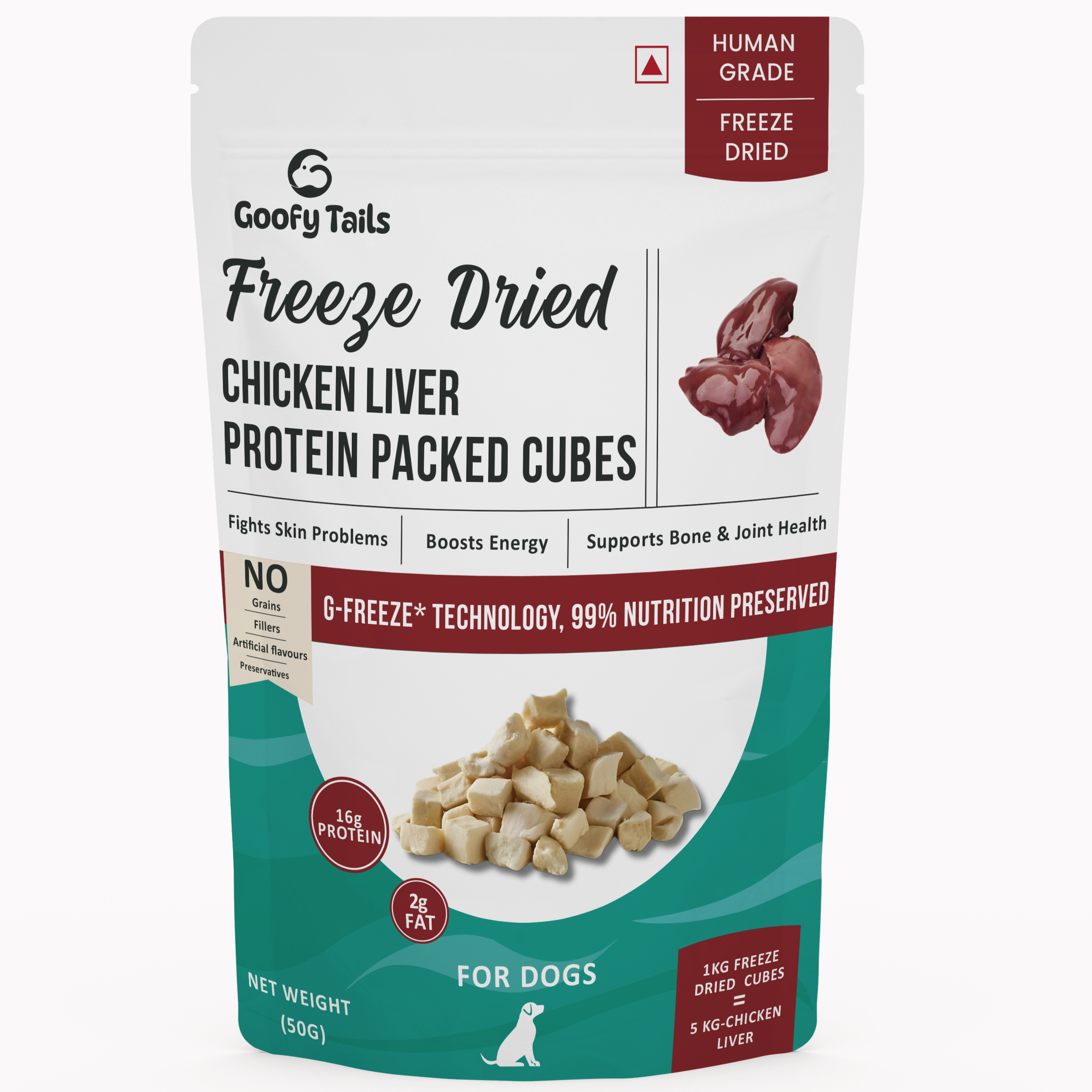
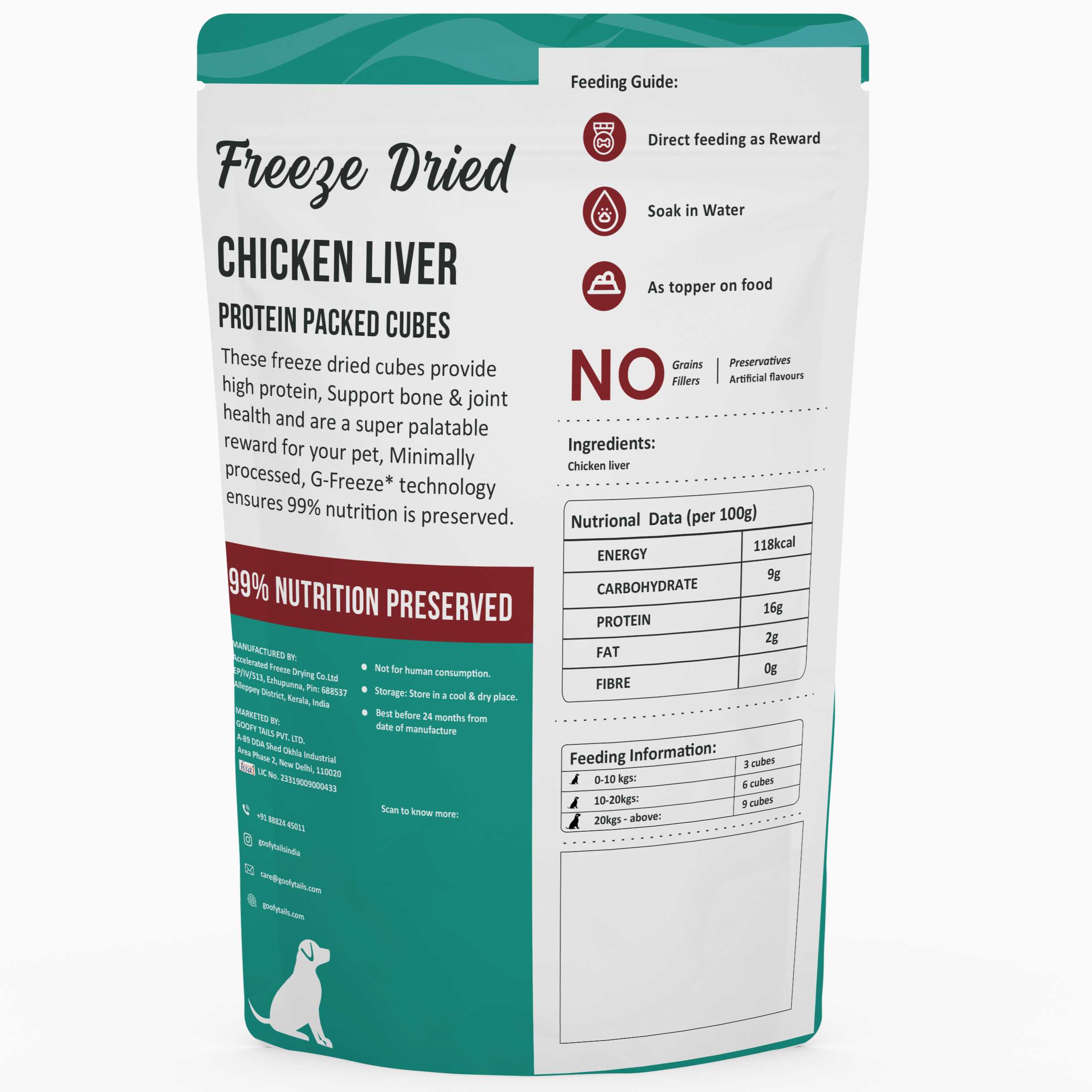






Leave a comment